As an electrical engineer, you know the importance of a good duty cycle. A digital multimeter can help you measure this important parameter quickly and easily. In this blog post, we will learn how to use a digital multimeter to measure the duty cycle accurately. Stay tuned!
Digital multimeters come in two broad categories:
- Handheld
- Benchtop
Handheld units are small and portable, making them ideal for fieldwork. Benchtop models are larger and more expensive but offer more features and measurement accuracy.
Most digital multimeters have a basic set of features that includes the ability to measure voltage, current, and resistance. Some also can measure continuity, capacitance, and inductance. More advanced models may include features such as temperature measurement, data logging, and storage.
To use a digital multimeter to measure the duty cycle, follow these steps:
- Connect the black lead of the multimeter to the ground terminal of the circuit.
- Connect the red lead of the multimeter to the positive terminal of the circuit.
- Set the multimeter to measure AC voltage.
- Adjust the multimeter's range setting until it is appropriate for the expected voltage of the waveform.
- Observe the reading on the multimeter's display and note down the value. This is the peak voltage of the waveform.
- Set the multimeter to measure DC voltage.
- Adjust the multimeter's range setting until it is appropriate for the expected voltage of the waveform.
- Observe the reading on the multimeter's display and note down the value. This is the average voltage of the waveform.
- Calculate the duty cycle by dividing the peak voltage by the average voltage and multiplying by 100. This will give you the duty cycle as a percentage.

Now that you know how to measure the duty cycle with a digital multimeter, put this knowledge to good use and make sure that your circuits are operating at peak efficiency!
What is the duty cycle and why is it measured?
The duty cycle is the measure of the time that a signal or device is active compared to the total time it is operational. It is usually expressed as a percentage or a ratio. For example, if a light bulb is on for one hour and off for nine hours, its duty cycle would be 10%.
The duty cycle is important because it affects how long a device can operate before it needs to be turned off to cool down or rest. For example, a 100-watt light bulb has a duty cycle of 50% if it is on for half an hour and then off for half an hour. But if left on constantly, it will eventually overheat and burn out.
Similarly, a car engine has a duty cycle of 100% when it is running at full throttle. But if it is idling, its duty cycle is much lower.
The duty cycle is also an important consideration for devices that use batteries. A device with a high-duty cycle will drain a battery faster than one with a low-duty cycle.
So, in summary, the duty cycle is a measure of how often a device is used or active compared to the total time it could be used. It is usually expressed as a percentage or ratio and is an important factor in determining how long a device can operate before needing to be turned off.
Factors that affect the duty cycle:
Pulse Width:
The duty cycle is directly proportional to the pulse width. So, by increasing the pulse width, we can increase the duty cycle.
Frequency:
The duty cycle is inversely proportional to the frequency. So, by increasing the frequency, we can decrease the duty cycle.
Amplitude:
The duty cycle is directly proportional to the amplitude. So, by increasing the amplitude, we can increase the duty cycle.
As you can see, there are a few factors that affect the duty cycle. By understanding these factors and how they affect the duty cycle, you can better control your device or system.
Frequently Asked Questions:
How do you determine the duty cycle?
The duty cycle is the ratio of time the device is turned on to the total time. It's represented as a percentage and calculated by: duty cycle = (on time / total time) x 100. For example, if a light is on for half the time and off for half the time, its duty cycle would be 50%.
If you're trying to figure out your duty cycle for a particular project or task, first determine the total amount of time you have to work on it. Then, figure out how much of that time you'll be spending working on the project or task. The amount of time you spend working is your "on" time, and the remaining time is your "off" time. To get your duty cycle, simply divide your on time by your total time and multiply the result by 100.
For example, let's say you have a project that will take you 10 hours to complete. Of that 10 hours, you'll be working on the project for 6 hours. That means you are on time is 6 hours and your off time is 4 hours. To calculate your duty cycle, you would do the following:
(6 hours / 10 hours) x 100 = 60%
This means that your duty cycle for this particular project is 60%. In other words, you'll be spending 60% of your total time working on the project, and the remaining 40% of the time will be spent on other things (like taking breaks, eating, etc.).
Of course, your duty cycle will vary from project to project. Some projects may require you to work for longer periods with fewer breaks, while others may be more flexible and allow you to take more frequent breaks. Ultimately, it's up to you to decide how much time you want to spend working on each project and how much time you want to allocate for other activities.
Figuring out your duty cycle can be helpful in several ways. For one, it can help you better manage your time and make sure that you're using your time wisely. It can also help you avoid burnout by making sure that you're taking enough breaks and not working too much. And finally, it can help you set realistic expectations for your projects by giving you a better understanding of how long they'll take to complete.
If you're not sure how to calculate your duty cycle, several online calculators can do it for you. Just enter in the total amount of time you have to work on the project and the amount of time you'll be working, and it will do the rest.
So, now that you know how to calculate the duty cycle, put it to use and see how it can help you manage your time and projects more effectively!
How do you calculate the duty cycle from voltage?
The duty cycle is the percentage of time that a signal is ON compared to the total time it is ON plus OFF. To calculate the duty cycle from voltage, you first need to determine the average voltage of the signal. This can be done by taking several voltage readings over some time and then finding the mean value. Once you have the average voltage, you can then use this formula to calculate the duty cycle:
Duty Cycle (%) = (ON Time / Total Time) x 100
What are frequency and duty cycle?
Frequency is the number of complete cycles of a waveform per unit of time. The frequency of a waveform is usually expressed in hertz (Hz), which is equal to one cycle per second. The duty cycle of a waveform is the percentage of time that the waveform is in its active state.
The duty cycle of a square wave, for example, can be expressed as the ratio of the width of the active part of the waveform to the total width of the waveform. A duty cycle of 50% means that the active part of the waveform takes up half of the total width, while a duty cycle of 100% means that the active part takes up the entire width.
The duty cycle can also be expressed as a percentage of the time that the waveform is in its active state. For example, a duty cycle of 50% means that the waveform is in its active state for half of the time, while a duty cycle of 100% means that it is in its active state for the entire time.
The frequency and duty cycle of a waveform are important parameters that determine how the waveform will look when it is displayed on a screen or other output device. The frequency determines the number of times per second that the waveform will be drawn, while the duty cycle determines how long each drawing will be.
For example, a square wave with a frequency of 1 Hz and a duty cycle of 50% will be drawn once every two seconds, while a square wave with a frequency of 10 Hz and a duty cycle of 50% will be drawn ten times every second. The duty cycle also affects the brightness of the waveform, with a higher duty cycle resulting in a brighter waveform.
Frequency and duty cycle are important parameters to consider when choosing an appropriate waveform for a particular application. In general, higher frequencies will result in a more detailed or accurate representation of the data, while lower frequencies will result in a smoother or less detailed representation. The choice of frequency and duty cycle will also depend on the bandwidth of the system and the desired response time.
Conclusion:
In conclusion, determining the duty cycle of a digital signal is a critical troubleshooting step that can be accomplished easily with a digital multimeter. When measuring the duty cycle, it is important to take into account the rise time and fall time of the signal to get an accurate reading. Additionally, once the duty cycle has been determined, one can use this information to calculate other aspects of the signal such as frequency and period.


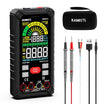

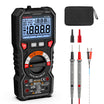
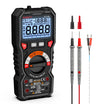
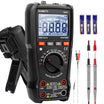
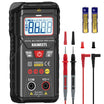
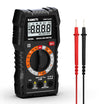
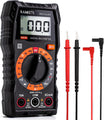
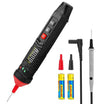
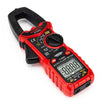
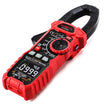
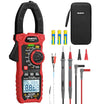

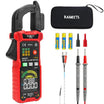
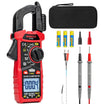


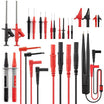








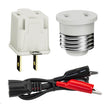
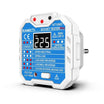
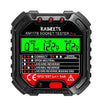
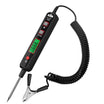

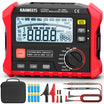






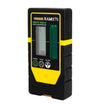























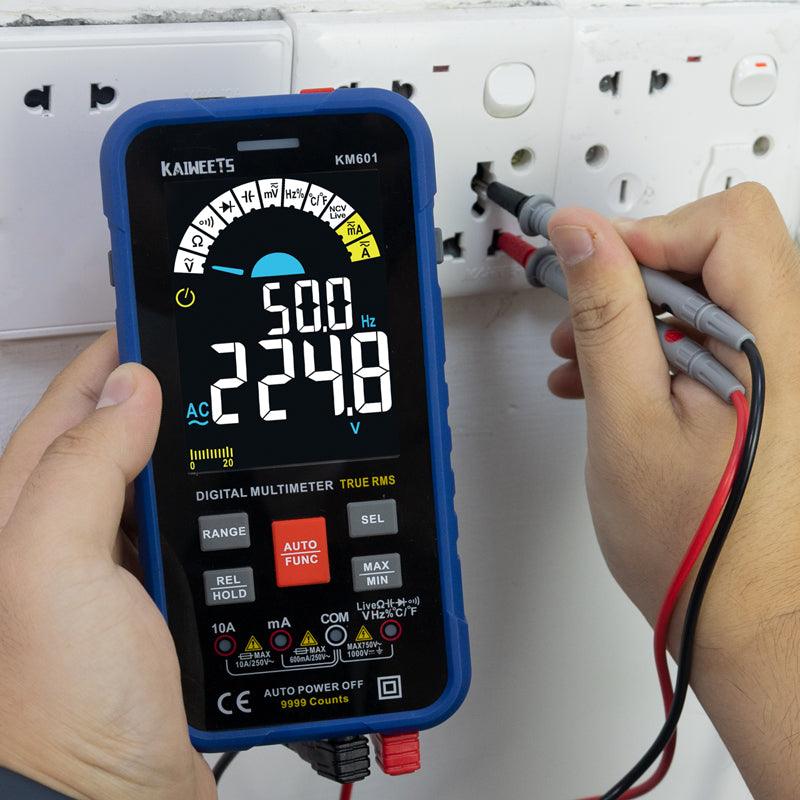
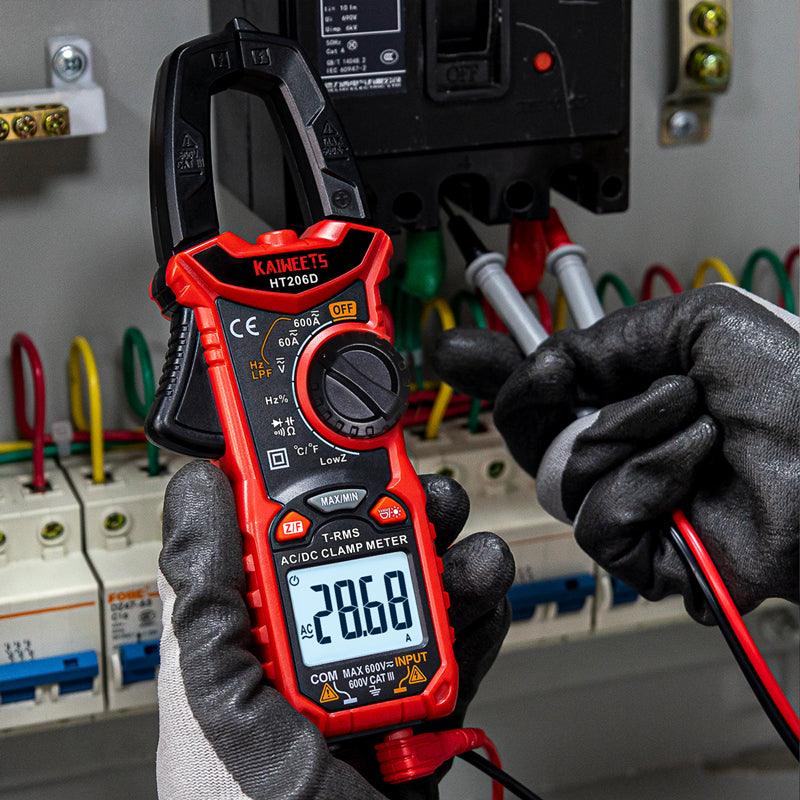
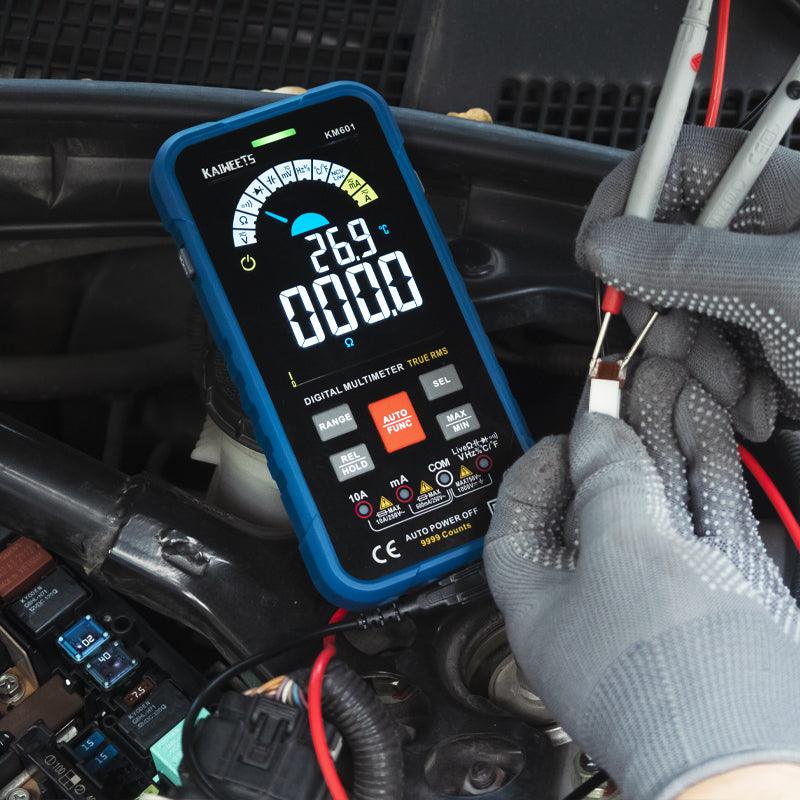
Leave a comment
All comments are moderated before being published.
This site is protected by hCaptcha and the hCaptcha Privacy Policy and Terms of Service apply.